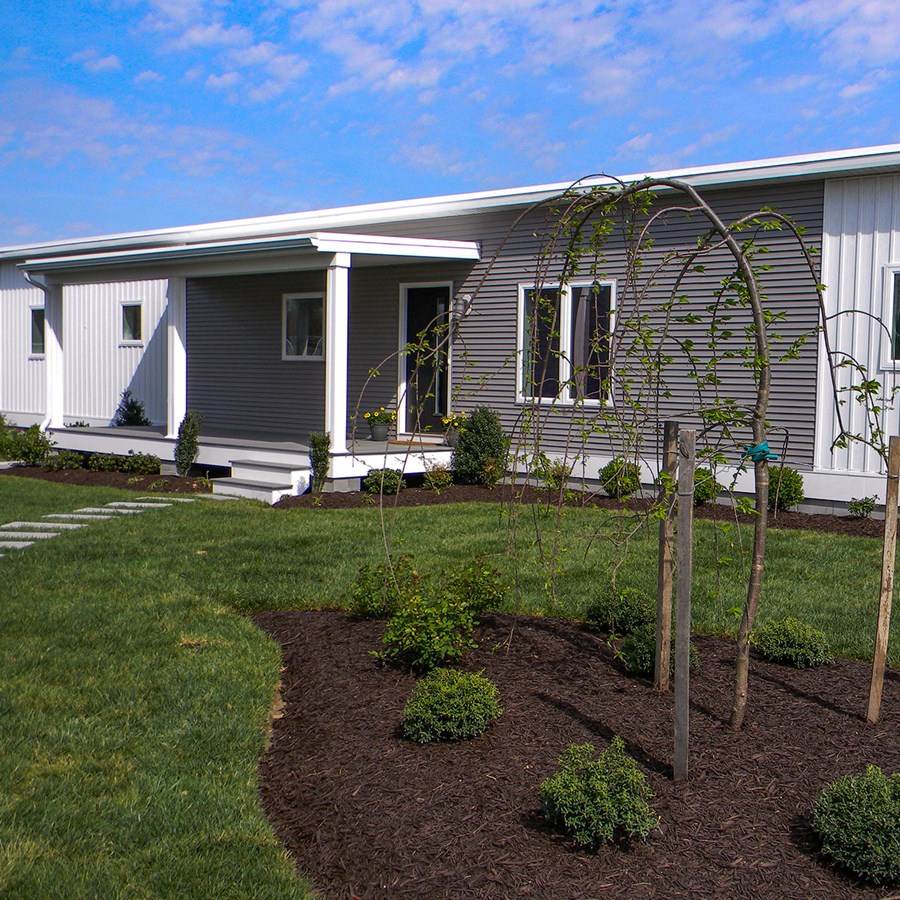What if you had a plan to grow the renewable energy economy in your area?
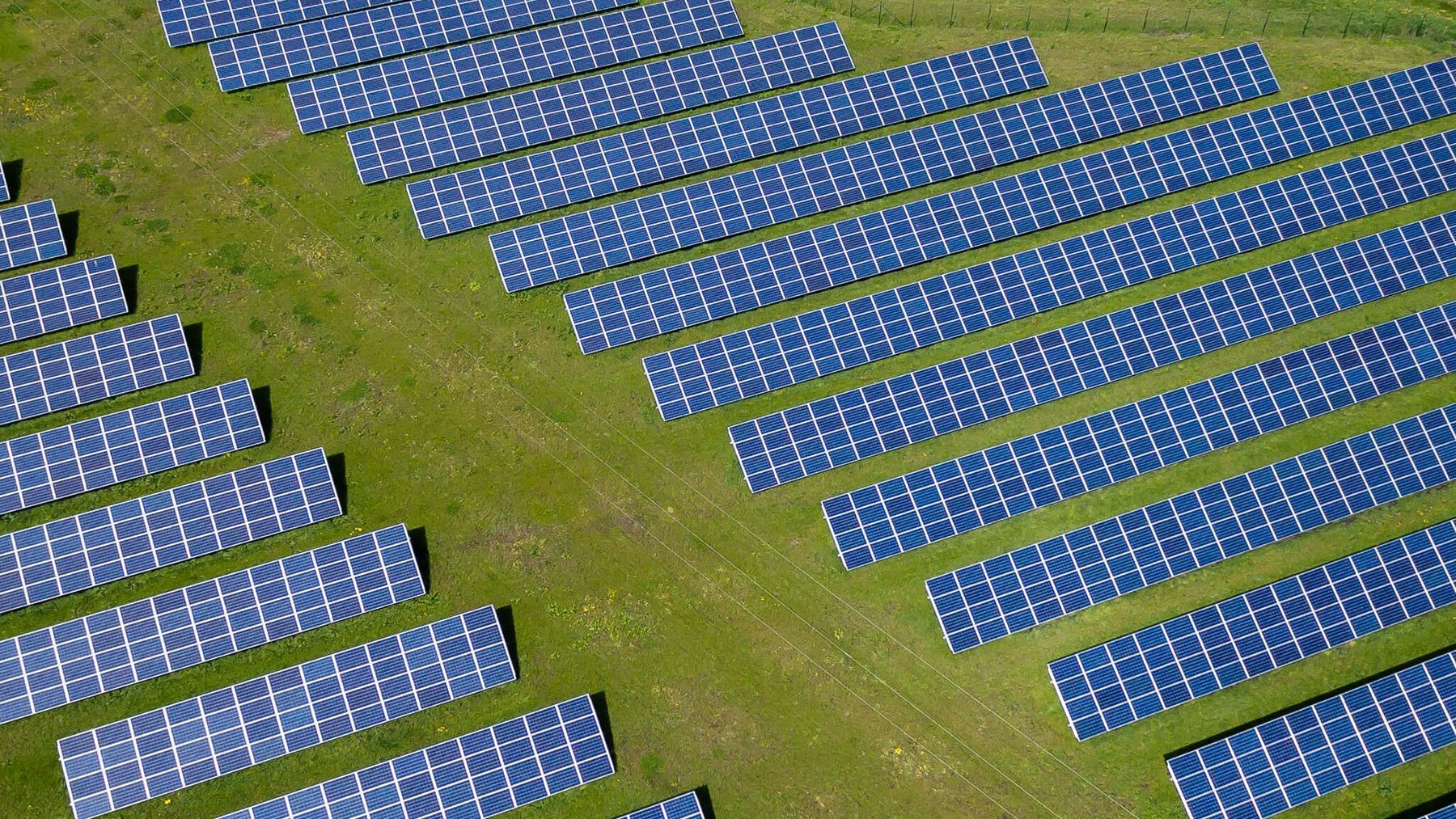
The Challenge
Solar energy is critical to meeting a goal of 90% energy supply from renewable sources by 2050, but state energy officials needed more data to determine how much solar energy Vermont could produce and how best to implement it.
The Solution
VEIC spent three years working closely with citizens and stakeholders across the energy landscape to model potential scenarios for increasing solar installations across Vermont, what challenges could arise, and how those could be mitigated. Services: Clean and Flexible Grid
The Impact
The resulting Vermont Solar Market Pathways report published in 2016 proved the feasibility and benefits of increasing solar contributions to 20%, and provided a plan for implementation. Stakeholders responded positively to the 2016 report and requested an update to the original report, which was published by VEIC in 2020.
A big renewable energy goal challenges Vermont to lead energy change
In 2011, Vermont set an ambitious goal of obtaining 90% of its total energy supply from renewable sources by 2050 in a bid to increase energy security, improve the state’s economy, and reduce total energy costs and greenhouse gases. For years, everyday Vermonters have stepped forward to find new ways to use fewer fossil fuels, embrace energy-efficient heat, and find new sources of renewable energy. But achieving “90 x 50” requires all stakeholders to adopt a vision that's shared by utilities, regulators, researchers, activists, energy companies, and citizens across Vermont.Solar is integral to Vermont meeting its ambitious goal of obtaining 90% of total energy supply from renewable sources by 2050, as outlined in the state’s Comprehensive Energy Plan.
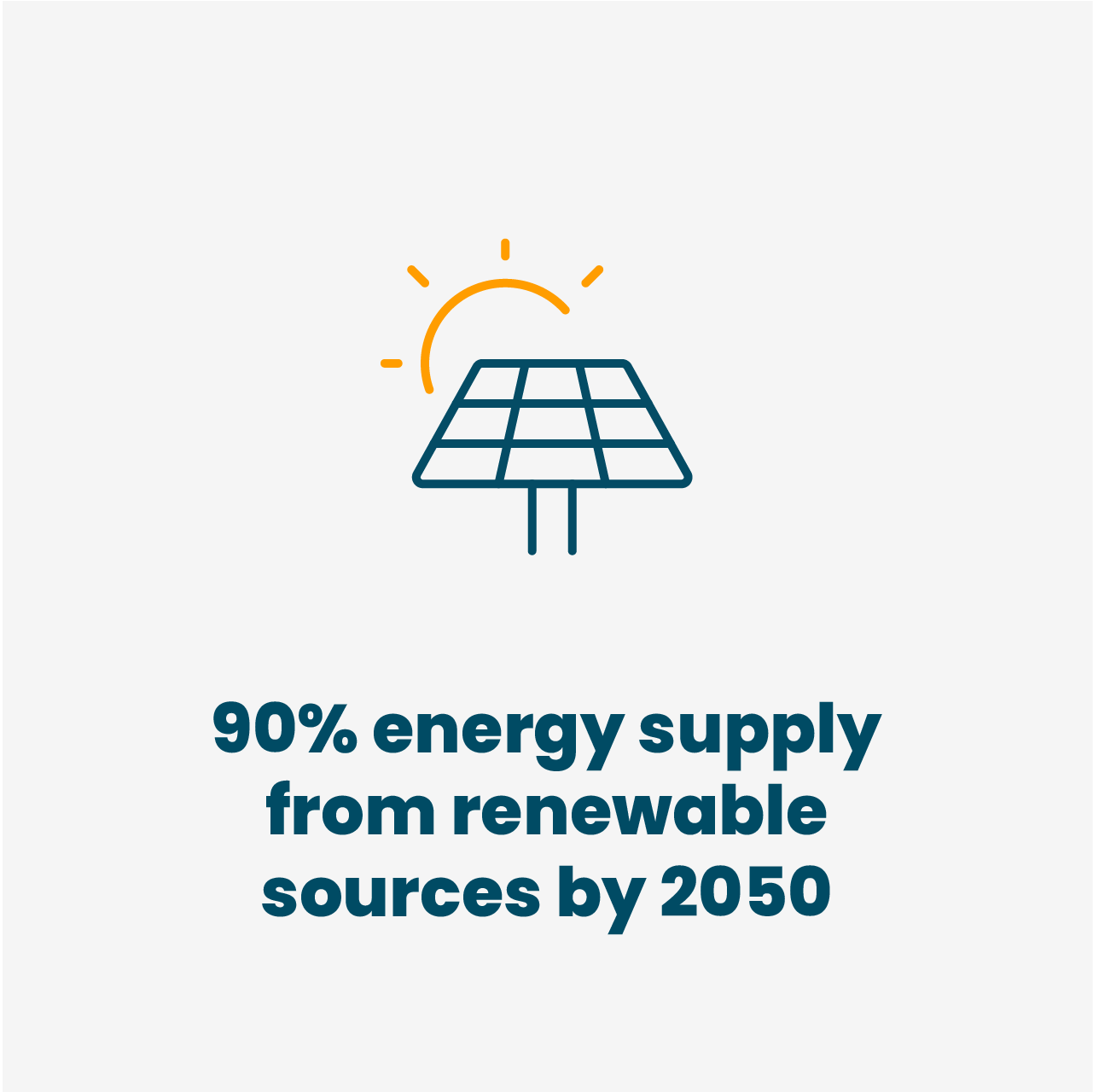
Analyzing the sun's potential in Vermont
We hypothesized that Vermont could transition to power at least 20% of electricity use with solar by 2025. But we needed to prove whether the state could support or produce that much.
In 2014, VEIC started asking utilities, regulators, solar companies, researchers, activists, and citizens for input on the following topics:
- Net metering
- Energy storage and load management
- Smart Grid
- Heat pumps
- Electric vehicles
- Solar incentives
- Social equity across all income brackets
Together, we analyzed scenarios ranging from “business as usual” (i.e., no concerted effort to grow solar) to an advanced solar economy on track to contribute 20% by 2025. While solar was the main focus for this report, stakeholders also considered the impact of other available renewable resources and electrification, such as hydro, wind, electric vehicles, heat pumps, and biomass.
“The Vermont Solar Pathways report is a very comprehensive analysis of how Vermont can achieve its renewable energy goals. It provides some of the best guidance that I have seen yet on how to optimize our electric grid to support high levels of distributed renewable generation.”
Two years later, VEIC published the Vermont Solar Market Pathways, a comprehensive plan for using solar to help meet state energy, environmental, and economic goals. Funded by the U.S. Department of Energy’s SunShot Initiative and conducted by VEIC in partnership with the Vermont Department of Public Service and the Regulatory Assistance Project (RAP), the report was designed to answer two main questions:
- Whether 20% solar energy by 2025 was feasible or not.
- How to make solar deployment faster, easier, and less expensive.
Here’s what we learned.
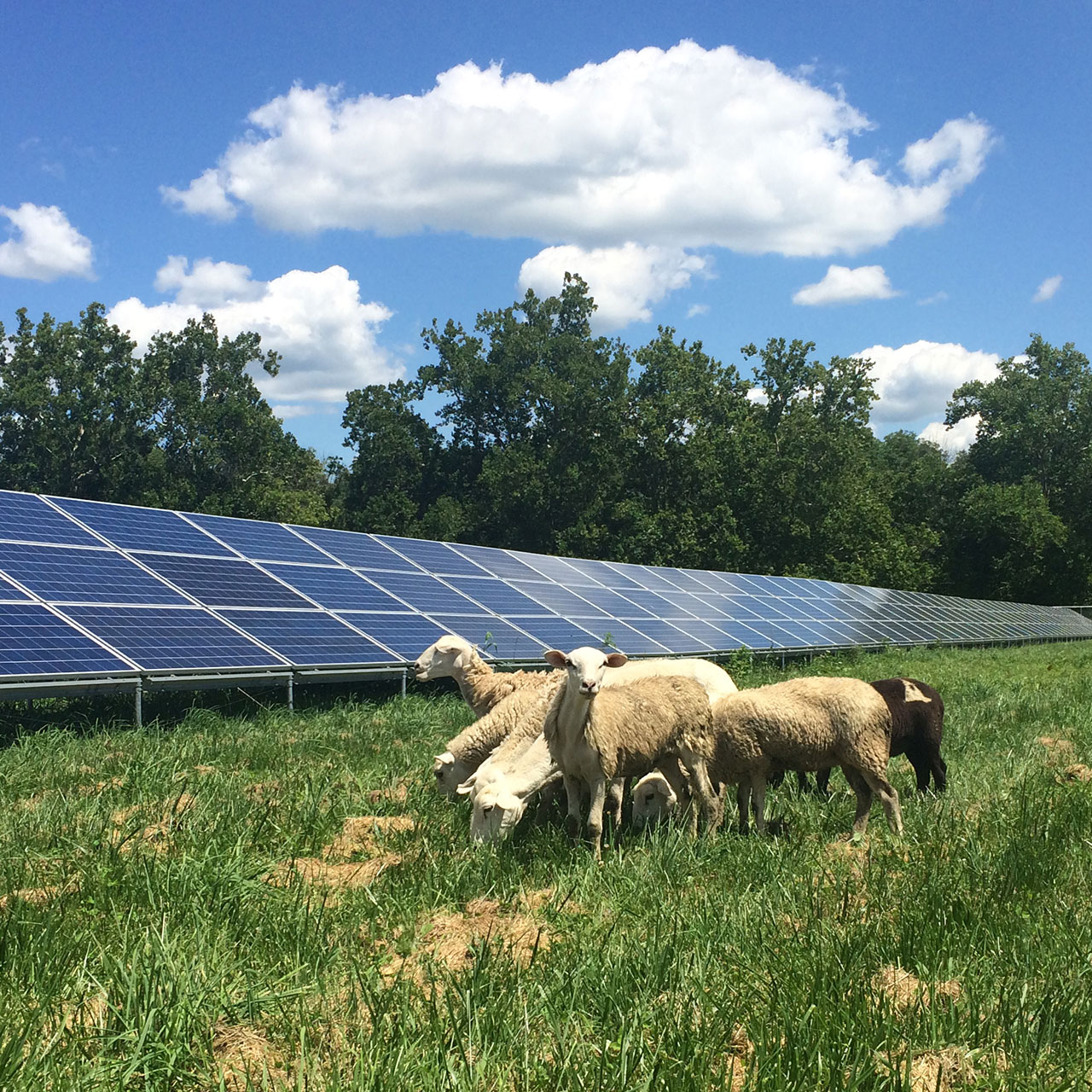
Key findings from the Vermont Solar Pathways report
- Vermont has enough land and sunlight to supply 20% of electricity by solar.
- Vermont’s electric grid can support 20% solar with careful siting and some upgrades.
- Solar is a good investment and costs less than relying on imported fossil fuel.
- Solar can help make energy affordable for people of all income levels.
- While reaching 20% solar requires upfront investment, by 2050 Vermont could see about $8 billion in net benefits (primarily related to reduced fuel costs).
The 2016 report made it clear that solar investments can yield economic and environmental benefits but underscored the need to keep growing solar at a rapid pace. As of 2016, it needed to grow by a factor of 8 to hit the goal of 20% by 2025.
Vermont is on its way to becoming an advanced solar economy—one in which solar power provides at least 20% of total electricity use, by 2025.
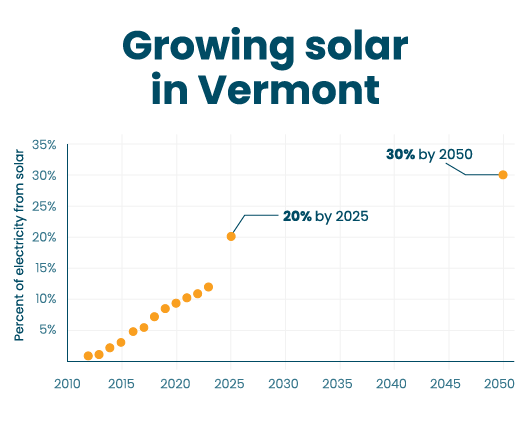
Data keeps goals — and people — on track
VEIC received positive feedback about the 2016 report from stakeholders and citizens, who observed the need for ongoing data to maintain focus on growing solar. At the request of stakeholders from across the energy industry, VEIC continued tracking data and shaping a plan for the future of solar after 2016. In 2020, we published an updated Vermont Solar Market Pathways: Three-year update and status report. Like the original, the 2020 report informs current and future decisions around solar implementation. According to the new report, Vermont will reach its goal of 20% solar (equal to 1 gigawatt of solar capacity) by 2025 — if cumulative capacity grows by 19 percent every year from 2019 until 2025.
That’s growth at a faster rate than has been seen in recent years. The goal is still attainable, but our experts advocate for close monitoring of growth and added incentives to mobilize utilities, businesses, solar installers, policymakers, and citizens to take action.
This project's team leaders
View Our Team


